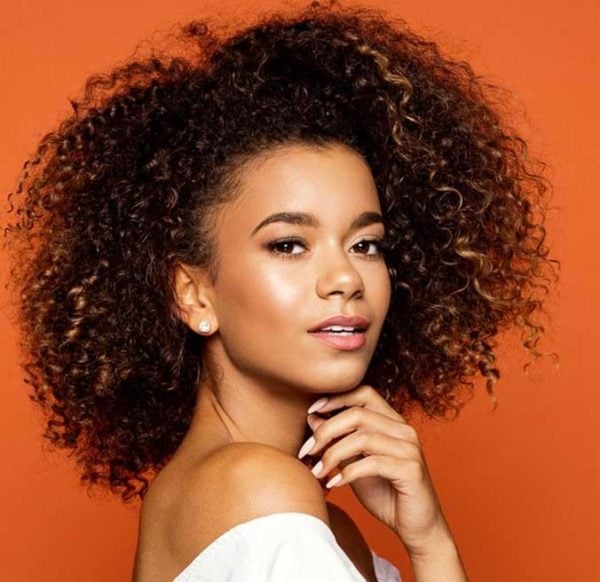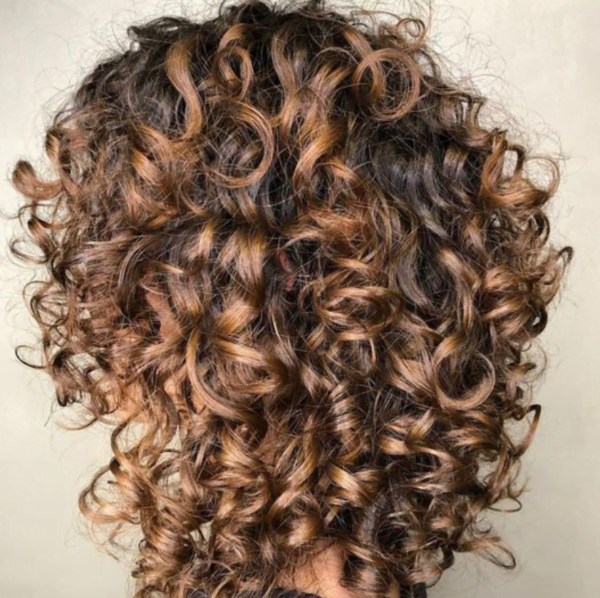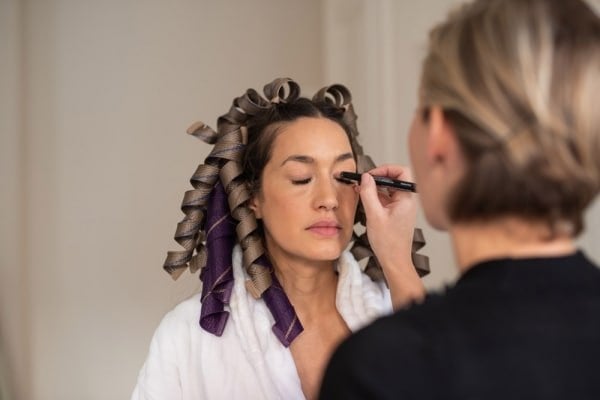Have you ever wondered who invented and gathered all the information about the four hair types?
We are grateful that someone could sit down to organise and explain all categories of hair because ever since we discovered hair type, it has made our hair journeys easier. Today, we’ll take you through two popular origins of hair typing systems; how it was invented and how to know your hair type using these systems.
By the end of this article, you should be able to tell what your hair type is.
Hair Typing Systems
Understanding your hair type helps you grow healthy hair. In this article, we’ll consider the following hair typing systems; Andre Walker’s Curl typing system and the L.O.I.S typing systems.
1. Andre Walker’s Curl Typing System
History
The hair-typing technique developed by André Walker was created in 1997. It was first developed to promote hair care products. This system was warmly embraced and has gained much popularity over time.
He categorised hair into four types: straight as type 1, wavy as type 2, curly as type 3, and coily as type 4. Although each category was very simple at first, over the years, the subcategories a, b, and c were gradually created to classify all hair types further within each group.
The various hair types, according to Andre walker, include:
Type 1 Type 1 hair is straight and can be categorised into 1a, 1b, and 1c.
- Type 1a: The type 1a hair is 100% straight, very soft, and shiny, and there is no visibility of any curl pattern or wave. This makes it difficult to curl. Another thing that type 1a hair has is the presence of a very fine texture, and because of this, the hair is prone to much shedding as hair can easily fall out. This hair could be oily and difficult to damage.
- Type 1b: This Hair is characterised by a medium-thick texture, and although still consistently straight, its volume is more than that of the type 1a hair. Looking closely at this hair type, you’ll notice that the straight hair has a subtle bend compared to type 1a hair.
- Type 1c: Type 1c has a thick, coarse texture which is usually fuller and has more volume. Although straight, it has slight bends that are more visible than the other type 1 hair.
Type 2
Type 2 hair is wavy and consists of a fine-to-coarse texture coupled with a definite S pattern, and they have three categories listed below.
- Type 2a: Usually has fine wavy hair with a large definite “S” pattern wave. Type 2a hair is easier to straighten or style.
- Type 2b: Characterised by medium-sized hair with S-shaped waves that start from the midlength of the hair, which tends to be frizzy, and a little resistant to styling or straighteners.
- Type 2c: Coarse, thick texture, which is usually very frizzy. Type 2c waves usually start from the roots of the hair and could also be difficult to straighten or style.
Type 3
Type 3 hair is characterised by curls that range from loose to tight. This hair type has a sheen, is easy to straighten, and is prone to frizziness. One of the amazing things about this curly hair is that it could appear straight when wet, but when it starts to dry, it goes back to its curly state. This means that the more moisture the hair absorbs, the more it becomes curlier.
- Type 3a: Hair tends to be shiny, and some could possess a combination of textures. Hair is usually full and thick with definite “S” patterned curls. The amount of definition of these curls can be related to how long the hair is.
- Type 3b: Has medium tight curls with a combination of textures.
- Type 3c: This hair type is not found in Andre Walker’s book but can be described as hair that has tight corkscrews. The curls of this hair type can be kinky or very tightly curled, with strands of hair that are densely packed together.
Type 4
Andre Walker described this hair type as kinky or tightly curled. Type 4 hair is normally wiry, very tightly coiled and fragile. It is commonly referred to as Afro-textured hair and is naturally dry and spongy. Its texture ranges from fine to coarse, and its strands form very tight, small curls that could be S-shape, zig-zag or indefinite right from the scalp. This hair type also has the highest shrinkage rate and, due to its fragility, is more prone to breakage.
- Type 4a: This hair type consists of S-shaped coils that have the size of a crotchet needle. Hair is tightly coiled and has a more defined pattern.
- Type 4b: This hair type is kinky, fragile and tightly curled with a less defined curly pattern Z-shaped pattern.
- Type 4c: This Hair Type is also fragile but more tightly coiled and has no definite curl pattern.
2. The L.O.I.S typing system
Source: PINTEREST
History
This hair typing system was created because there was a need to eliminate the labelling of hair types by their numbers. Black women who mostly fall into the Type 4 category had an arising stigma because they were labelled as the lowest number.
Unlike Andre walker’s system, this typing system uses the letters L.O.I.S. to classify hair types.
L – represents hair with bends, folds, and little or no curves.
O – represents curls or hair strands rolled up to form the zero shape.
I – represents straight hair with no definite curve or bend.
S – represents wavy hair strands with an “s” shape.
Apart from the letters L O I S, It also uses the texture or strand thickness of the hair to determine the hair type.
Check if your hair is:
- Thready: If the hair has a low sheen, high shine with low frizz.
- Wiry: If the hair has a sparkly sheen, low shine and low frizz.
- Cottony: If the hair has a low sheen, a high shine and high frizz.
- Spongy: If the hair has a high sheen, low shine with a compacted-looking frizz.
- Silky: If the hair has a low sheen, a very high shine, with or without the frizz.
If you started your hair care journey or hope to start, it’s best to find your hair type. It will guide you on how to properly care for your hair and choose the right products that your hair needs to thrive.




